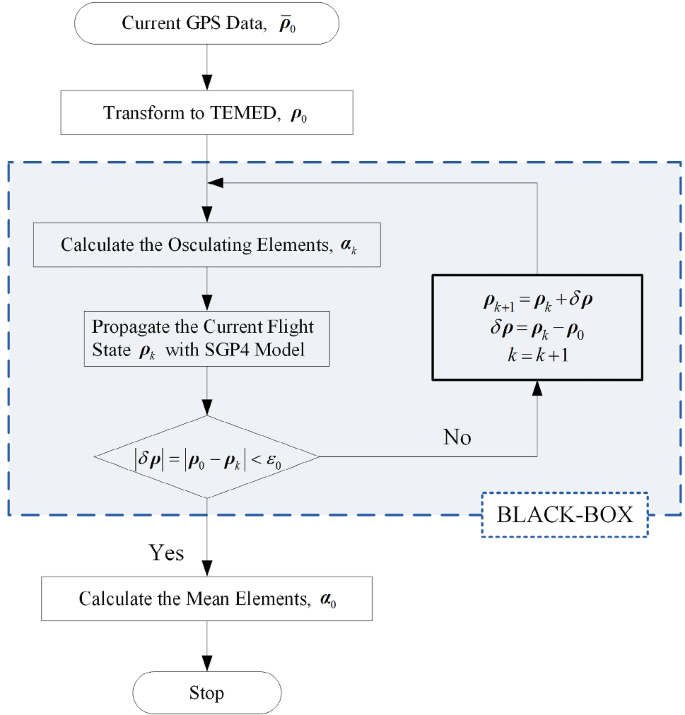

= Yes, or-when using a static IP configuration-by manually entering the correct DNS address. The correct DNS address must specified, either by setting Options > Interfaces and Reference > Network > Obtain IP autom.The GSG unit must have access to the Internet.The navigation data, brdc files and GLONASS almanac files are retrieved from the same sites as mentioned under Default Ephemeris.įor this feature to work, the following requirements must be met:
#CURRENT EPHEMERIS DATA DOWNLOAD#
The user can let the unit automatically download navigation data from official websites. If the scenario defines a GPS almanac files only, the YUMA files will define the almanac and the ephemeris will be derived from the default RINEX data. If file date and scenario start time do not match, then the loaded data is transformed accordingly to match the scenario’s start time. In general, the start time of the scenario always supersedes the time stamps in the navigation data files. Further simulation days will use consecutive in date navigation data. If an exact date match is not found, then the GSG unit will use the first preloaded navigation data with the same day of the week as the scenario’s start time. If there is an exact match for the scenario Start time and preloaded navigation files, that navigation data will be used. When the ephemeris setting is set to Default, the GSG unit builds all scenarios, any start date, using the default data. The default navigation data begins and runs for 33 consecutive days.įor Galileo, BeiDou, and IRNSS, the GSG unit comes shipped with its own ephemeris data set. This data is complemented by GLONASS almanac data downloaded from, covering the same period (file names are prefixed by receiver types, e.g. The non-redundant brdc file merges the individual site navigation files into one, and thus can be used instead of the many individual navigation files.

The default RINEX data for GPS and GLONASS is based on the CDDIS GNSS archive, using the brdc files. Under the menu item Select > Select Scenario > Configure > Ephemeris, there are two or three options to choose from (as described below), in order to select a source for your scenario navigation data: In addition, SBAS message files are also supported (see SBAS Satellites and User-Uploaded Ephemeris below for more details). GPS and QZSS almanac data may optionally be provided in the form of YUMA files (for details, see below). The constellation orbits can be refined by providing precise orbit information in SP3 format (for details, see below).

The constellation and the navigation data is based on RINEX data stored in the unit, or uploaded to the unit. The satellite constellations and the transmitted navigation data of each satellite are dynamically built, once you start the scenario or the signal generation.


 0 kommentar(er)
0 kommentar(er)
